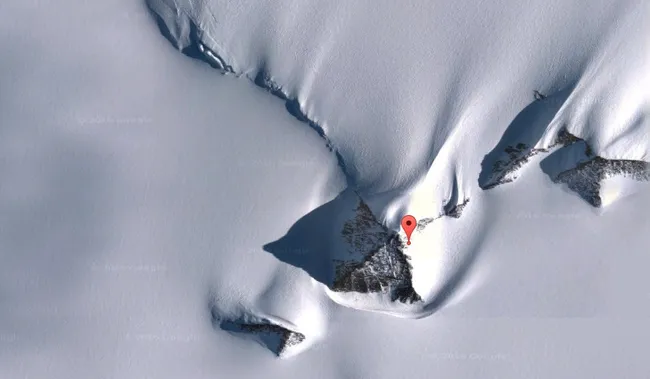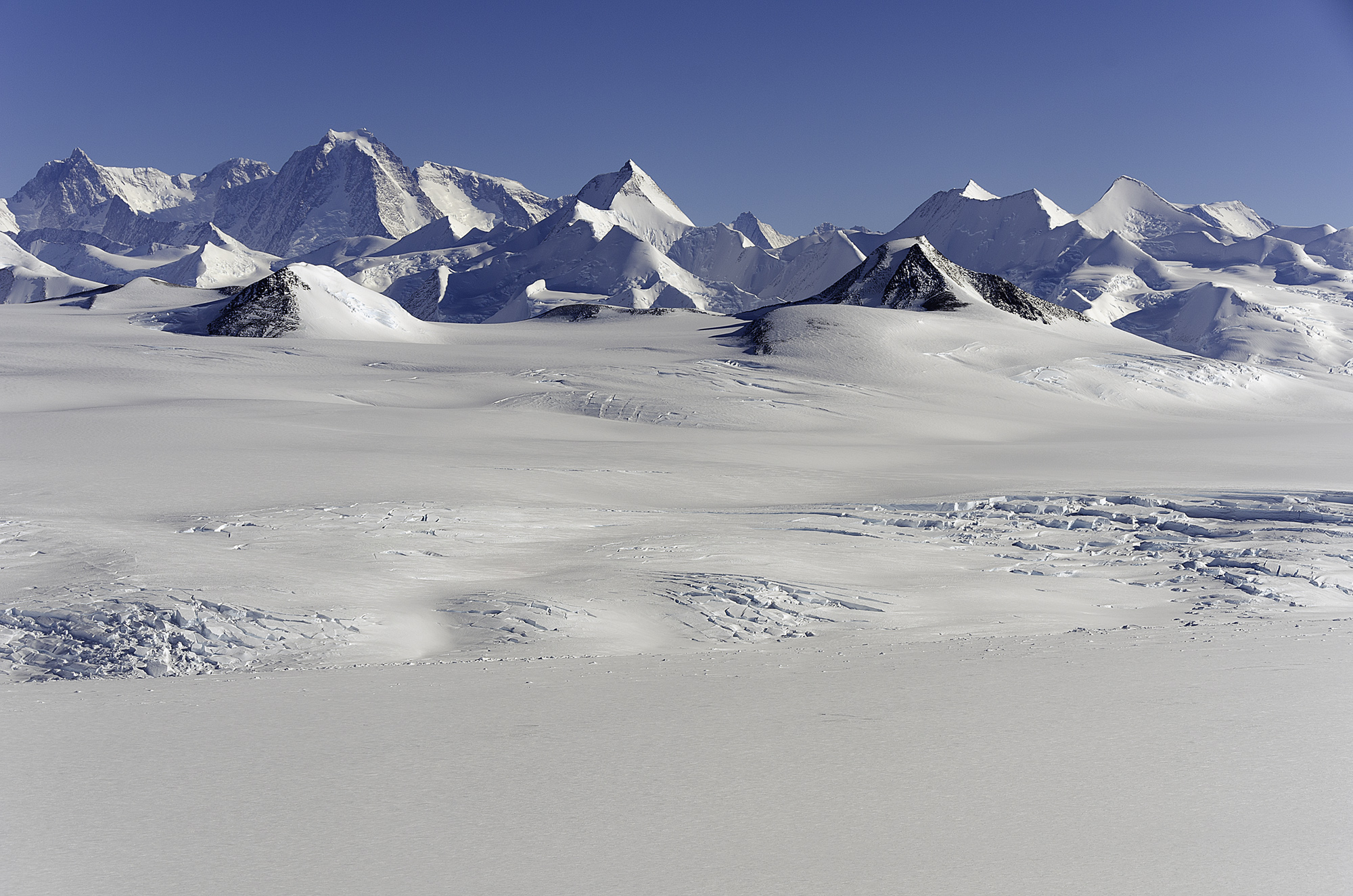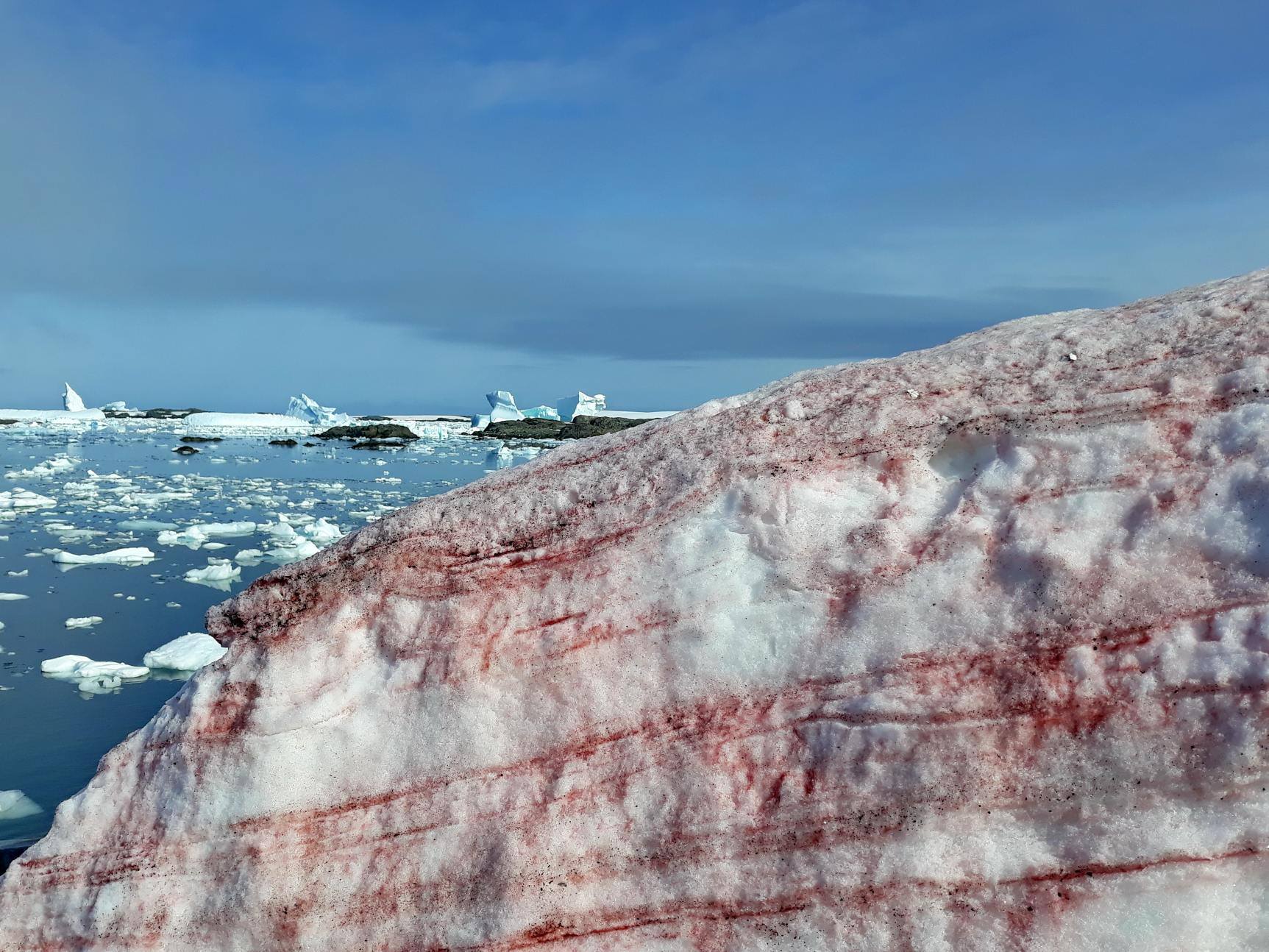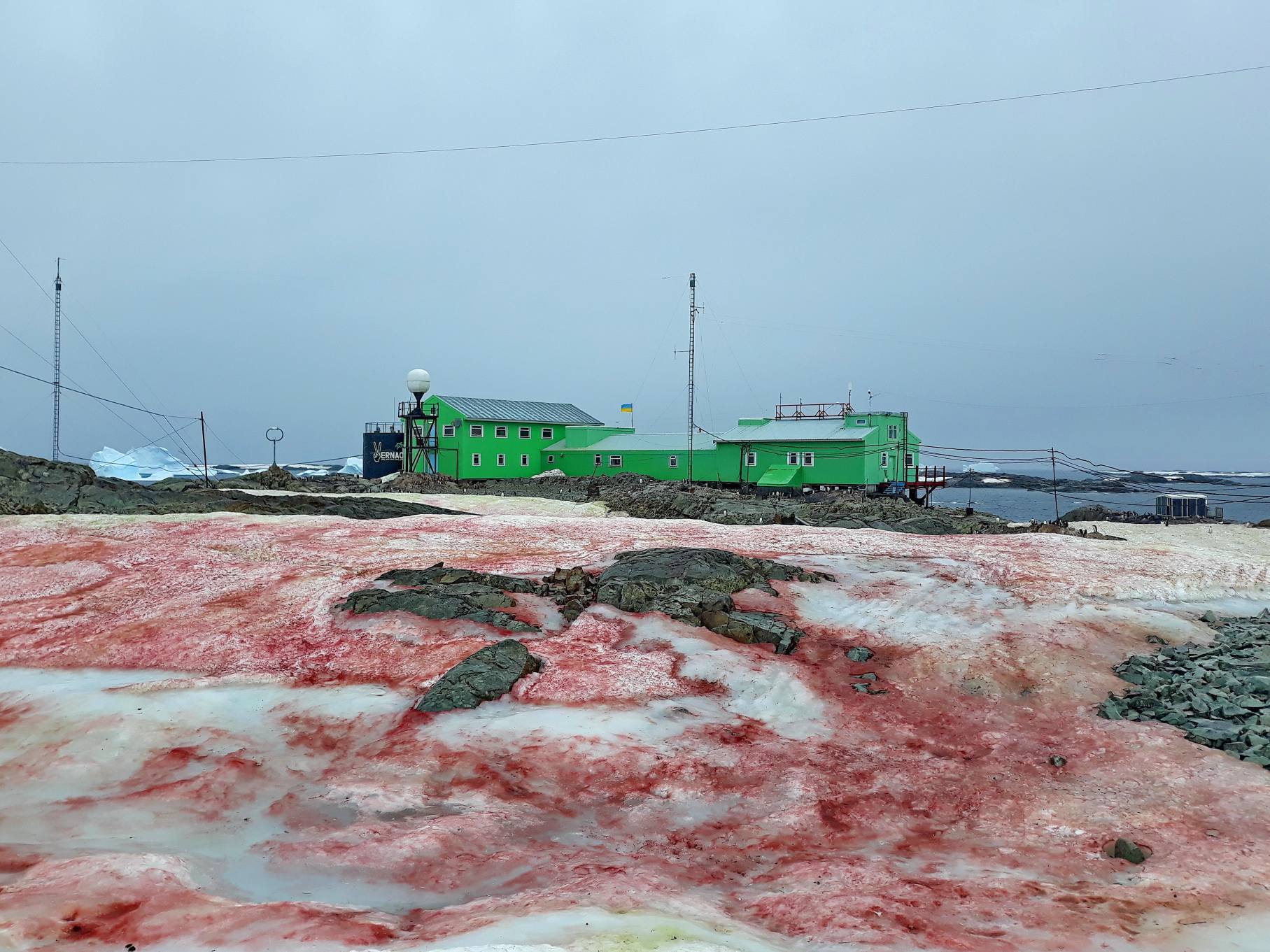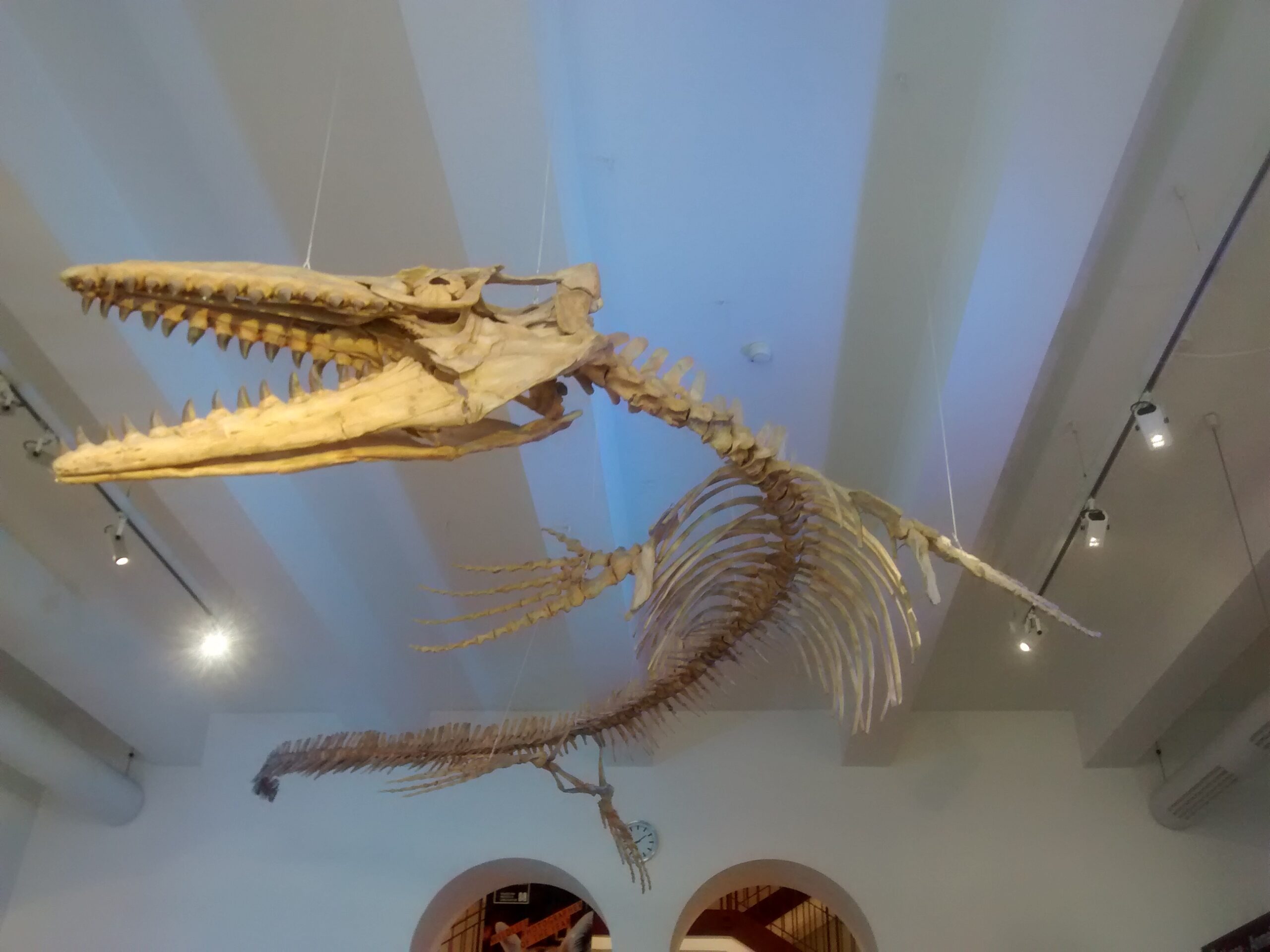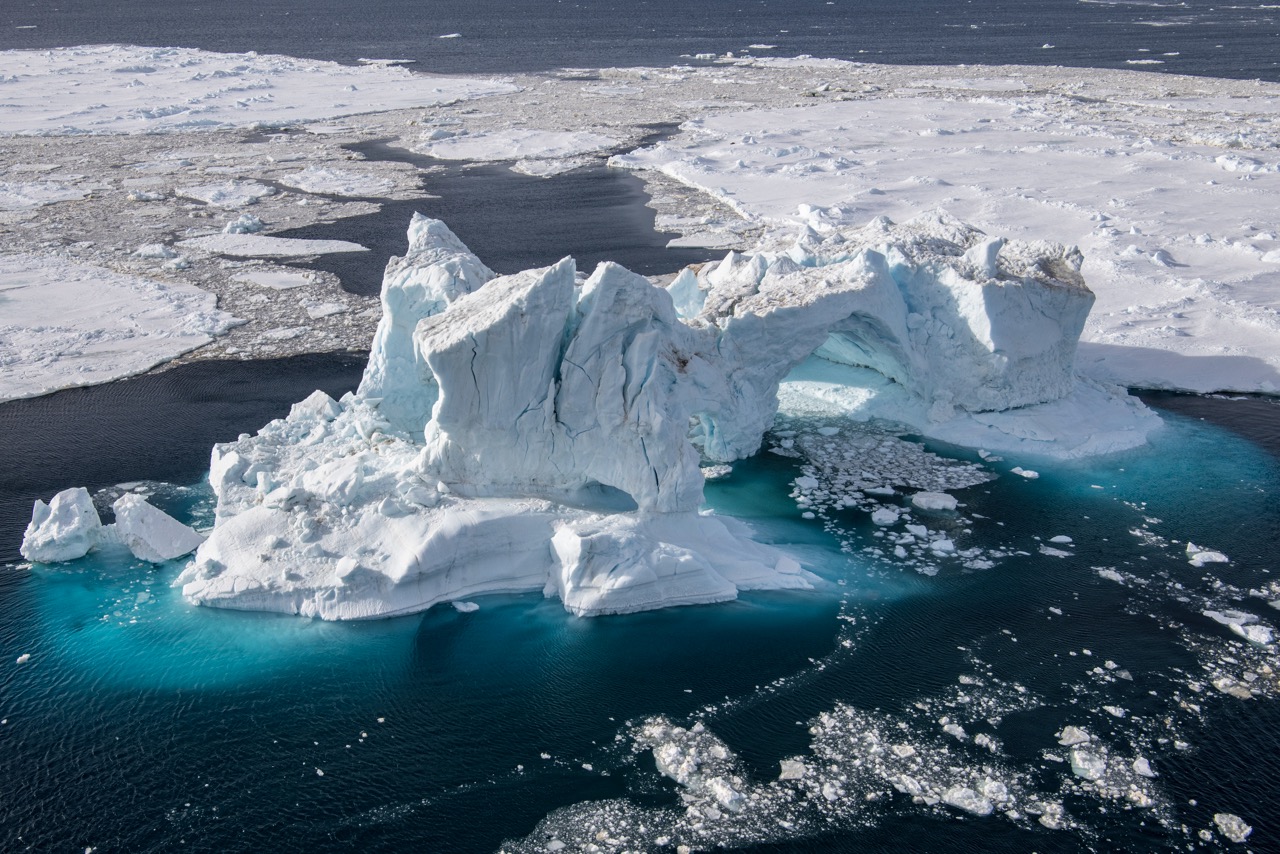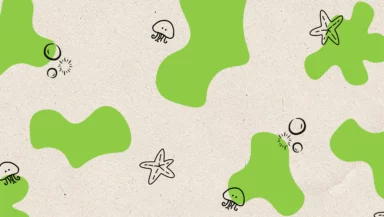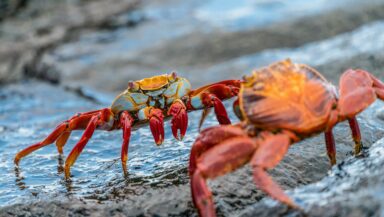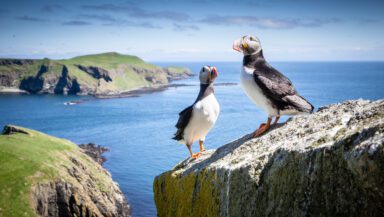There’s something inherently eerie about the Antarctic – an alien realm shrouded in silence and unsympathetic cold. No wonder it’s been used as the backdrop for many horror movies, including The Thing and Alien vs. Predator.
This hostile landscape harbours many oddities that spotlight its other-worldliness. These five marvels might be frightening, but hopefully they will encourage you to champion the Antarctic’s protection.
The Antarctic Blood Falls
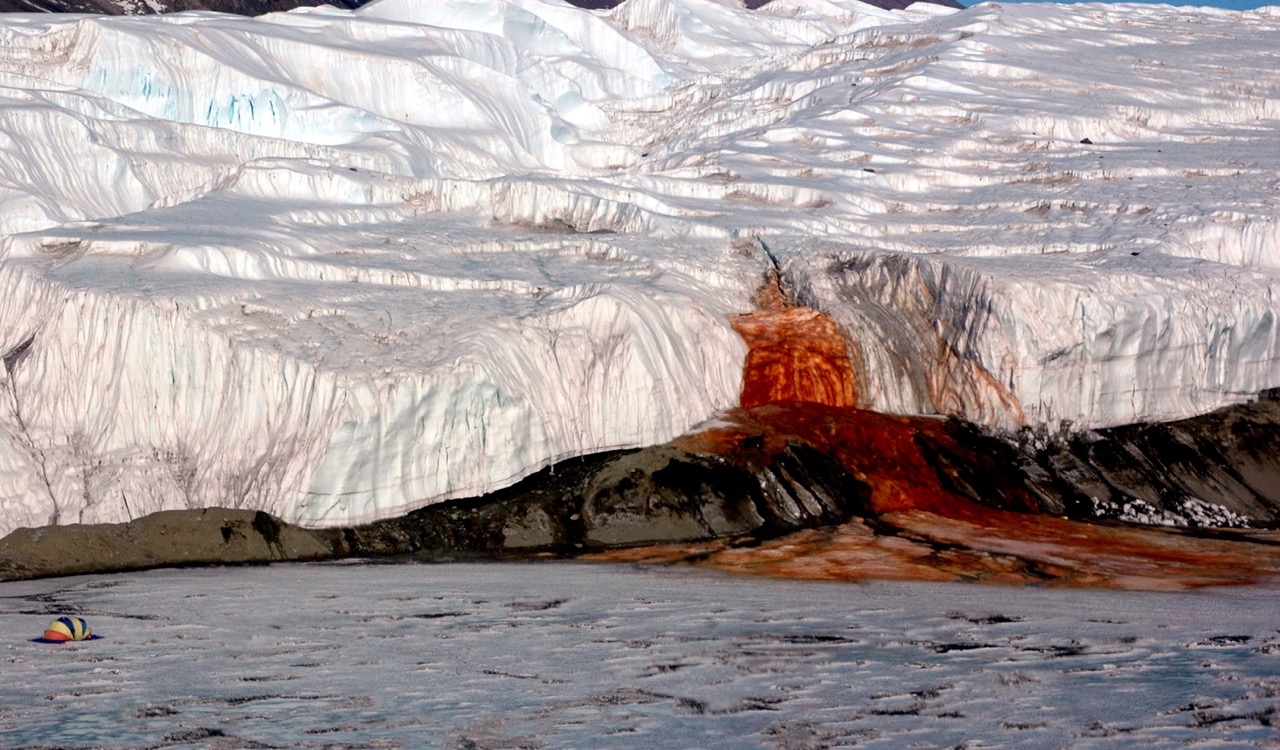
The Blood Falls seeps from the end of the Taylor Glacier into Lake Bonney. The tent at left provides a sense of scale for just how big the phenomenon is. Peter Rejcek
White snow seeping with blood-red meltwater sounds horrific, but that’s exactly what you’ll find at the Taylor Glacier. Since its discovery in 1911, the colour of the falls has puzzled scientists. Researchers from the University of Alaska Fairbanks finally solved the mystery in 2017. The brine salt water flowing from the glacier contains iron, and when it comes into contact with oxygen, the iron oxidises, giving the water its deep crimson colour. It’s basically the same process that turns iron dark red when it rusts.
Ocean arachnids
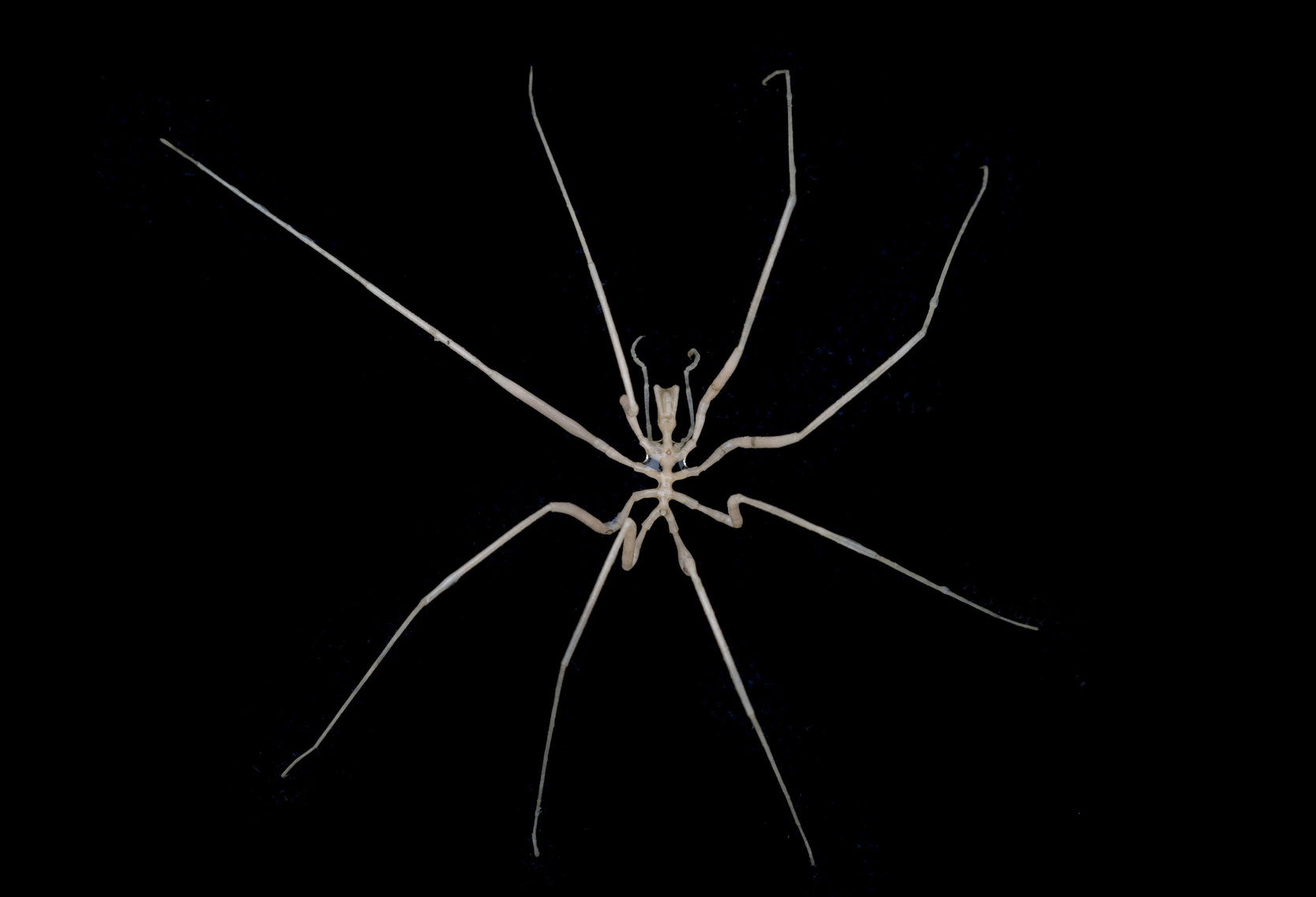
If you suffer from arachnophobia you might want to skip this part. It’s hard to believe, but skittering around in the dark on the Antarctic ocean floor, are sea spiders. They’re actually marine arthropods. In the Antarctic these creepy crawlies can grow up to 50 cm across. If they’re not yet strange enough, they also breathe through holes in their legs. After having read that many people will probably never sleep again.

